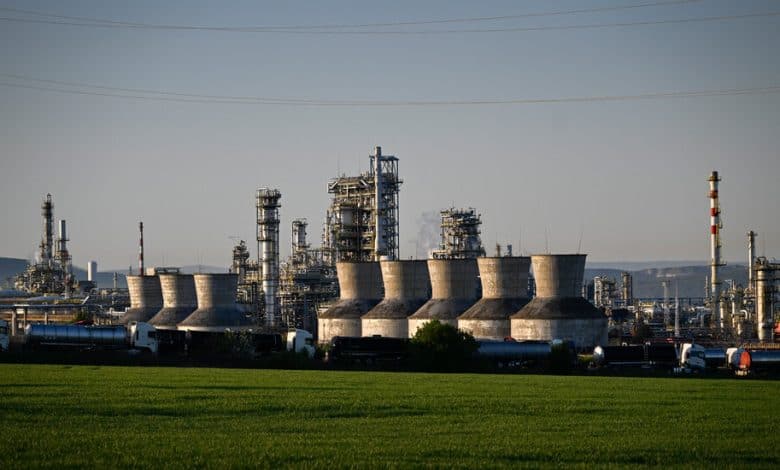Russia’s War Machine Revs Up as the West’s Plan to Cap Oil Revenues Sputters

The United States and its allies in the Group of 7 nations set two goals in 2022 when they enacted a novel plan to cap the price of Russian oil: restrict Moscow’s ability to profit from its energy exports while allowing its oil to continue flowing on international markets to prevent a global price shock.
A year and a half later, only the latter goal appears to have worked. Energy prices have been relatively stable across the world, including in the United States, which helped devise the plan. But Russia’s war effort in Ukraine is intensifying, making it increasingly clear that efforts by Western allies to squeeze Moscow’s oil revenues are faltering.
A variety of factors have allowed Russia to continue profiting from strong oil revenue, including lenient enforcement of the price cap.Russia’s development of an extensive “shadow” fleet of tankers has allowed it to largely circumvent that policy. That has allowed the Russian economy to be more resilient than expected, raising questions about the effectiveness of the coordinated sanctions campaign employed by the G7.
The Biden administration maintains that the strategy has been effective and that the price cap has imposed costs on Russia and forced it to redirect money that it would have used in Ukraine to finance an alternative oil ecosystem.
Treasury Secretary Janet L. Yellen said in an interview on Sunday that the price of Russian oil was not the only measure of their profits, noting that Russia has had to invest significant resources in response to the cap.
“We’ve made it very expensive for Russia to ship this oil to China and India in terms of acquiring a shadow fleet and providing insurance,” Ms. Yellen said on her flight to Europe, where she is holding meetings in Germany and attending a gathering of finance ministers in Italy. “We still think it’s working.”